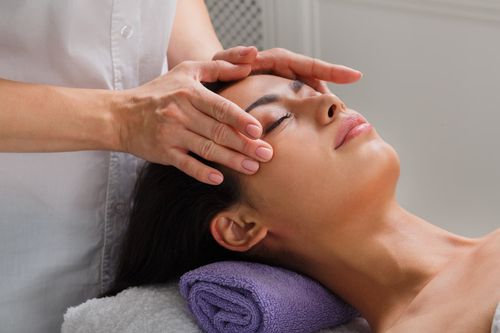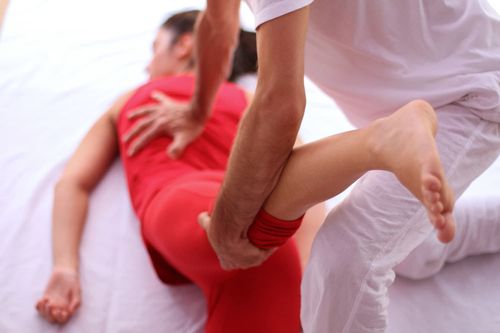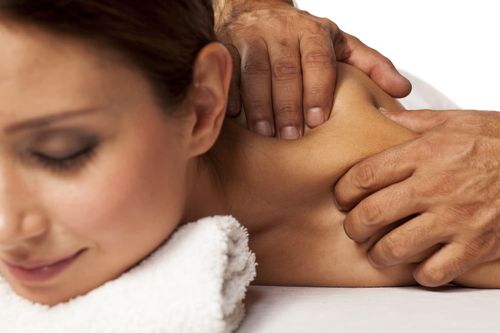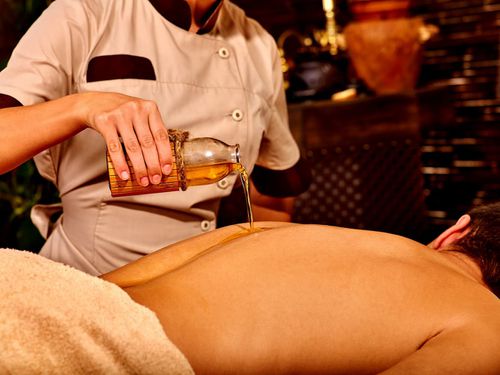What is Tibetan Massage?
The premise of Tibetan medicine is that we are composed of five basic elements, namely: earth, wind, water, fire and space. Tibetan massage focuses primarily on bringing the wind element into balance. Kunye is an ancient form of massage therapy that is widely used in Traditional Tibetan Medicine. Kunye comes from the Tibetan words "ku" meaning oil and "nye" meaning to perform massage. Basically, Kunye means to apply massage with oil.
The techniques used in Tibetan massage are remarkably similar to other Eastern and Western modalities such as acupressure, reflexology, and remedial massage.
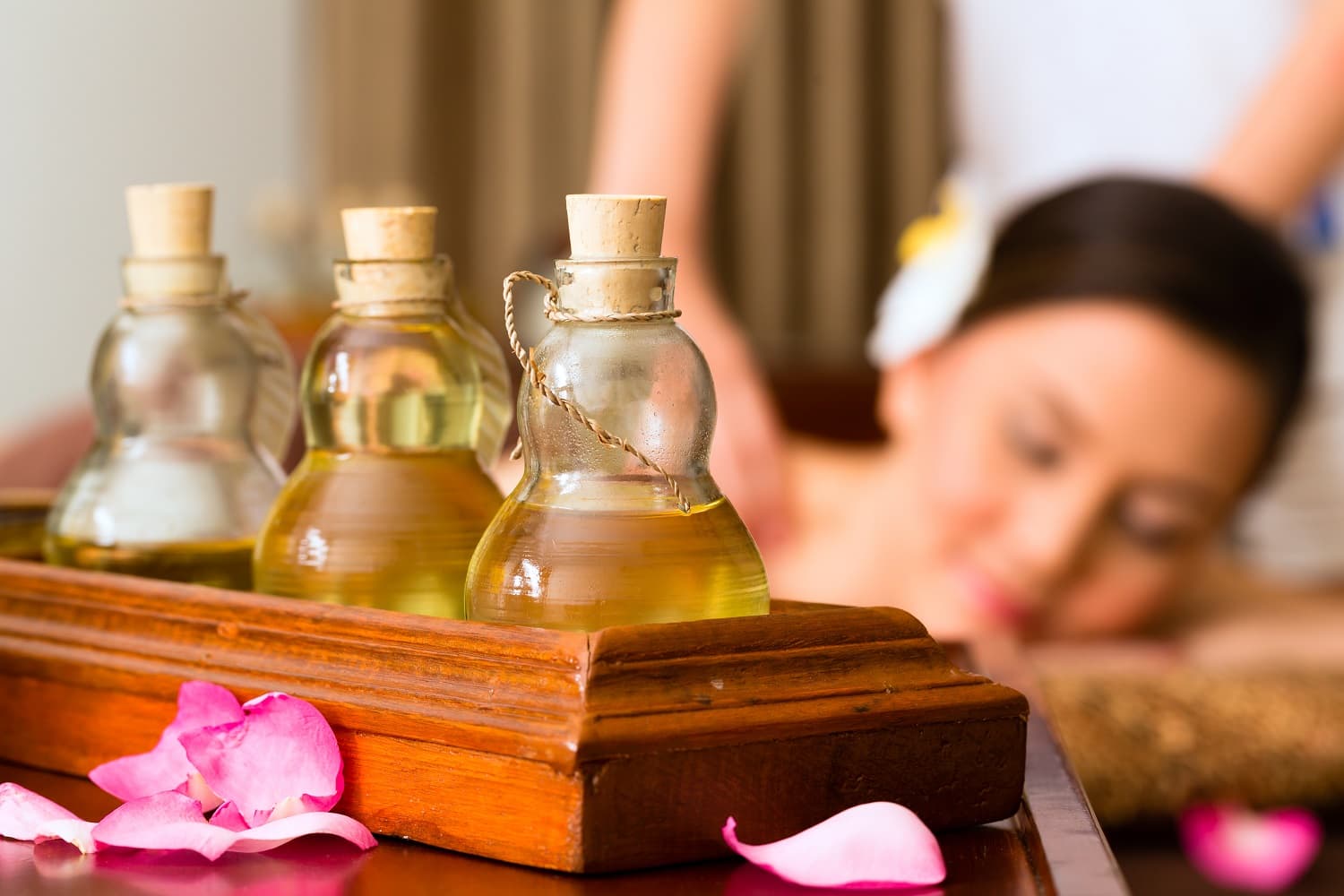
How Does Tibetan Massage Work?
Similar to acupressure, Tibetan massage involves deep circular motion on the trigger points. Other manipulative techniques used in this kind of massage include rubbing, kneading and stroking. The oils being used act as a lubricant, but it is said that it keeps the wind element in place and helps in smoothing it out.
The traditional Kunye massage has three basic stages. First, the therapist generously applies oil to the body. Next, they employ several massage strokes and techniques. And lastly, wipe off the excess oil using a warm wet towel. Shiatsu, Reiki, cupping and hot and cold compresses are other therapies that can be incorporated into a Tibetan massage session.
What are the Benefits of Tibetan Massage?
Tibetan massage goes beyond providing physical relief by balancing the wind energy. It revitalises the blood, boosts mood, eases tension and restores balance in the body. This form of therapy can be used on its own or to complement other natural therapies, or conventional medicine, to treat various conditions, including:
- Anxiety
- Depression
- Stress
- Insomnia
- Neck and back pain
- Headaches and migraines
- Chronic fatigue
- Stiff joints
- Muscle spasms
- Menstrual issues
- Heart palpitations
- Bleeding
- Menstrual disorders
- Constipation and other digestive issues
- Sciatica and lumbar pain
- Dry, rough skin
What Can You Expect From Tibetan Massage?
A Tibetan massage session can last from 45 minutes to an hour, depending on whether the client books a head massage or a full-body massage. They can stay fully clothed for the first, while the second one will require them to partially undress, exposing only the parts of their body that needs to be worked on, while the rest of their body will be covered with a towel.
For a full body massage, the client will be asked to lie on their stomach atop a heated massage table. The therapist will assess the areas of complaint to be able to determine the appropriate massage techniques and modalities to include in the client's treatment session. The client has to let the practitioner know what level of pressure falls within their pain threshold so as not to experience discomfort during the therapy session.
Eating a heavy meal and taking a cold shower before treatment are discouraged. In fact, the client should keep their body warm before and after the massage treatment. They must also drink plenty of water after the session to aid the body in flushing out toxins and to reduce soreness as well.
